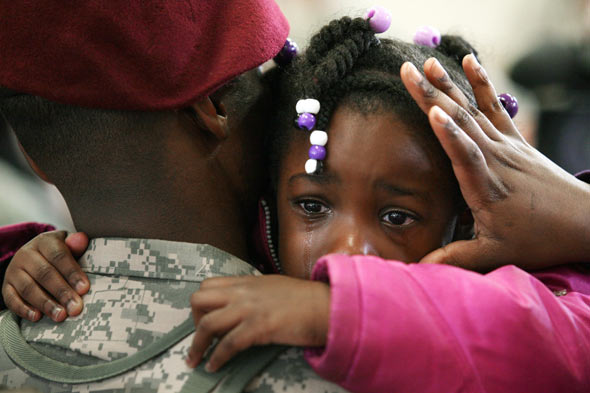Eight Ways To Help Your Children Gain Confidence
Being a parent or step-parent means caring for your children’s happiness and well-being, especially during times of change like a divorce. Young children might face challenges building their confidence and forming new friendships, but you can make a big difference.
While you focus on helping them, it’s also good to know that seeking advice from a divorce lawyer can help with legal matters related to the divorce process.
Open Communication and Listening
Start by talking openly with your children. Ask them about their day, feelings, and what makes them happy. Let them know you’re genuinely interested in their thoughts and experiences. When they share, listen carefully without interrupting. Sometimes, they might share worries or excitement, and it’s important to be there for them.
They feel more comfortable talking and opening up when they see that you’re ready to listen. This helps build their trust and confidence in expressing themselves. Remember, good communication is a two-way street—share your thoughts and feelings too, so they see it’s okay to talk about emotions.
Celebrate their Achievements
Every child has their unique strengths and things they enjoy. Encourage them to try new activities and hobbies that interest them. When they try something new, like learning to ride a bike or drawing a picture, praise their efforts and celebrate with them.
Let them know you’re proud of their hard work. Small accomplishments like learning a new word or making friends are worth celebrating. This shows them that their hard work is valued and boosts their self-esteem. When you’re their biggest cheerleader, they feel more confident to take on challenges.
Use Positive Words
Help your children understand the power of positive thinking. Teach them to replace negative thoughts with positive ones. If they’re worried about something, guide them to think positively about what could go right.
For example, if they’re nervous about a school presentation, help them see that they have practiced and prepared so they’re ready to do their best. Practicing positive self-talk helps them feel more capable and ready to face challenges. You can even turn this into a fun game by coming up with positive affirmations together and saying them out loud every morning.
Join in Group Activities
Group activities are fantastic opportunities for children to connect with others. Encourage them to join clubs, sports teams, or classes they’re interested in. Being part of a group helps them learn teamwork, problem-solving, and making friends.
When they collaborate and share experiences with others, their confidence grows. They learn that their ideas matter and can contribute to a team’s success. Plus, making new friends with similar interests helps them build connections outside the family.
Show them Good Relationships
Your own relationships serve as examples for your children. Treat your ex-partner, step-parents, and family members with kindness and respect. When they see adults getting along, they learn how to communicate and treat others well.
This lesson extends to their interactions with peers. Teach them about compromise and finding solutions when people have different opinions. By modeling positive relationships, you show them the importance of understanding and cooperation.
Be Kind to Others
Teach your children the joy of kindness. Encourage them to help others, whether a friend, a neighbor, or someone in need. Acts of kindness, like sharing a toy or helping someone carry groceries, make them feel good and show them how positive actions can create strong connections with others. Kindness is contagious; when they experience the happiness of helping, they’ll be more open to forming meaningful relationships.
Build a Supportive Network
Connect your children with a network of caring people. Spend time with grandparents, cousins, teachers, and mentors who provide emotional support. Having these connections helps them feel safe and loved, which boosts their self-confidence.
Encourage them to express their feelings openly with these trusted individuals. When they have multiple people they can turn to, they learn they’re never alone, and there are always people who care about them.
Ask Professionals for Help
Sometimes, you might need extra help, and that’s perfectly okay. If your children are having a tough time adjusting after the divorce, consider talking to a divorce lawyer who specializes in family matters. They can offer advice on legal matters, ensuring that the legal side is taken care of while you focus on providing emotional support.
Let your children know that asking for help is a sign of strength, not weakness. Just like they ask for help with homework or learning a new game, grown-ups sometimes need help too.
In conclusion, helping your children build confidence and create new relationships after a divorce requires patience, understanding, and a nurturing approach. By maintaining open communication, celebrating achievements, and teaching them kindness, you’re helping them develop into well-rounded individuals.
Engaging in group activities, fostering positive relationships, and building a support network contribute to their social growth. Remember, seeking help from professionals like divorce lawyers can ease your worries, allowing you to focus on helping your children flourish.
As you guide your children through this journey, remember that your love, guidance, and encouragement profoundly impact their self-esteem and ability to connect with others. By helping them gain confidence and build friendships, you’re equipping them with valuable life skills that will serve them well as they navigate life’s challenges with resilience and joy.






